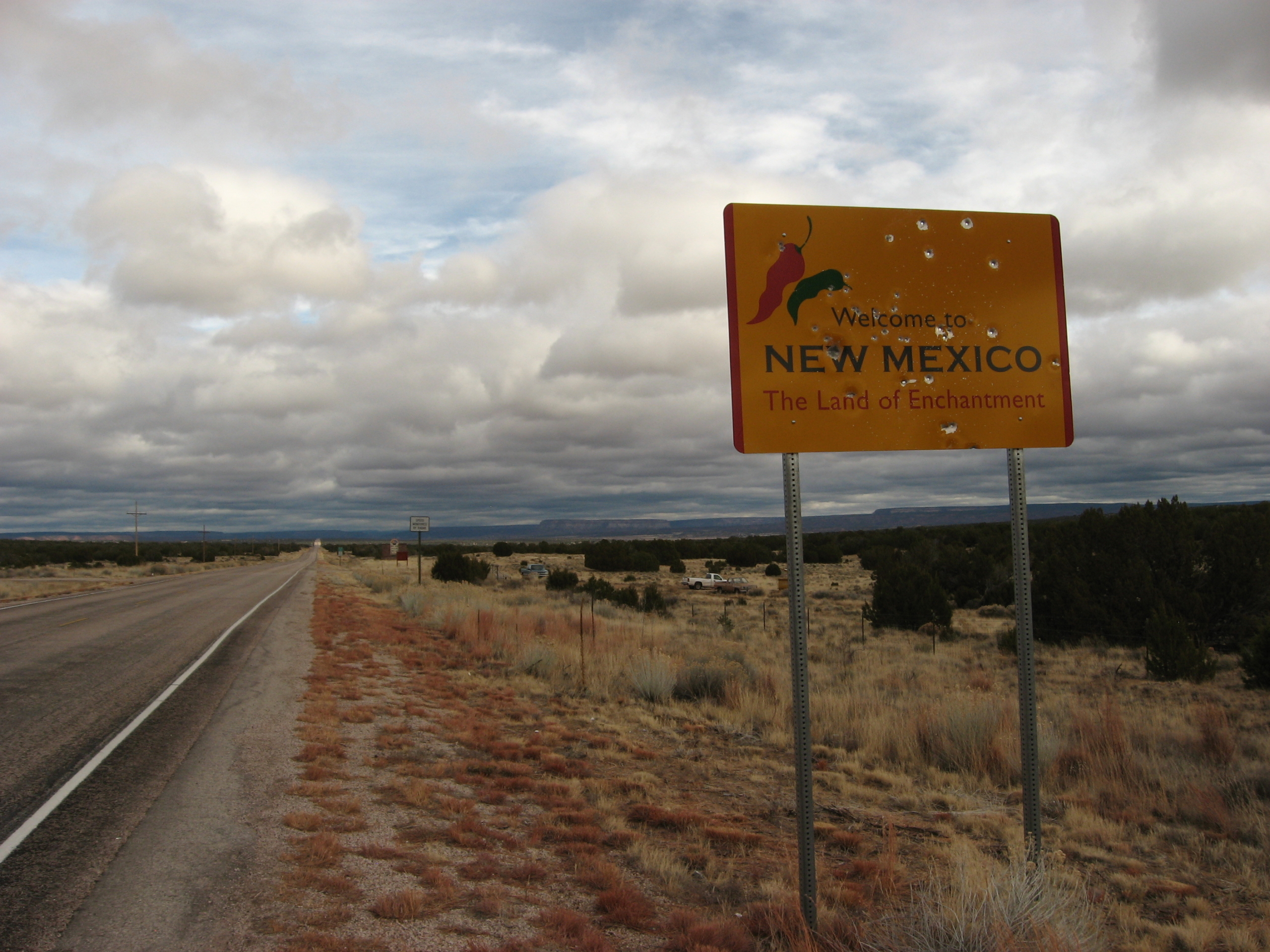Sign up for The Media Today, CJR’s daily newsletter.
CJR recently invited contributions from journalists whose work focuses on the healthcare challenges specific to their communities. We asked each reporter the same question: “As the nation anticipates passage of the Better Care Reconciliation Act, what are the health stories that are most urgent for journalists to tell in your region?” As the Senate moves towards a vote, we’ll publish more dispatches here, to encourage journalists to cover the changing health care landscape from the ground up.
IN 2013, NEW MEXICO’S Republican Governor Susana Martinez announced she would accept the Affordable Care Act’s expansion of Medicaid. New Mexico was the poorest state to accept the expansion; the state’s poverty rate tops 20 percent.
Now almost half the state’s population gets health care through Medicaid, which also pays for over 70 percent of births in the state. The skyrocketing numbers of New Mexicans on the Medicaid rolls has been something of a mixed bag. On the one hand, it has put the squeeze on the state’s already tight finances. On the other, it has opened up health care to scores of low-income residents, and has enabled health workers to make progress against long-standing health disparities.
There are a number of factors that make New Mexico particularly vulnerable to changes in Medicaid. Two stand out: our abundance of far-flung rural communities, and our deep, sweeping poverty.
In my work as a public health reporter here, I’ve yet to find a story that didn’t have its roots in poverty. The state’s long struggles with addiction, childhood trauma, and diseases like diabetes—all of which could worsen under a shrinking Medicaid program—are driven in one way or another by lack of adequate income. Many of New Mexico’s poorest residents are scattered across rural communities, where Medicaid-dependent clinics are at risk of being shuttered under the Better Care Reconciliation Act, the Senate GOP’s health bill.
People I talk to often feel that news about health policy tends to miss what they see as the real story: the poverty and inequality that undergird New Mexico’s health woes.
New Mexico’s aging population also faces significant health-care challenges. Many older residents get health coverage through a combination of Medicare and Medicaid. The Better Care Reconciliation Act not only cuts Medicaid, it also repeals the taxes that underwrite Medicare. Any reduction in coverage would likely have an outsized impact on older patients, many of whom live on fixed incomes and cannot adjust to sudden changes in health-care costs.
Sparking the greatest panic among many in New Mexico is the impact Medicaid cuts might have on the opioid epidemic. New Mexico has struggled with off-the-charts addiction rates for decades. In recent years, Medicaid expansion has enabled the state to offer behavioral health services to 75 percent more people, and has opened up treatment options for Hepatitis C and other illnesses associated with heroin use. Such illnesses could be considered pre-existing conditions should the state seek a waiver under the GOP health bill. Perhaps the biggest impact thus far is psychological: The process of securing treatment can be daunting and confusing for someone in the throes of an opioid addiction, and added uncertainty over how to pay for treatment already discourages people from seeking help.
But for all the risks Medicaid cuts pose, people I talk to often feel that news about health policy tends to miss what they see as the real story: the poverty and inequality that undergird New Mexico’s health woes. Whatever happens with the Better Care Reconciliation Act, covering the social and economic ills that underlie vulnerable populations will be increasingly important in the months and years to come.
Has America ever needed a media defender more than now? Help us by joining CJR today.



